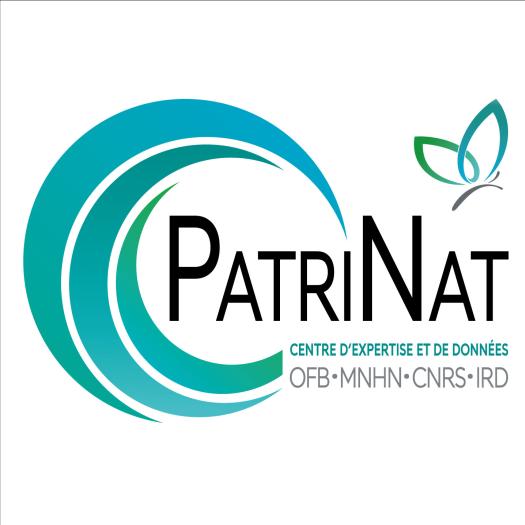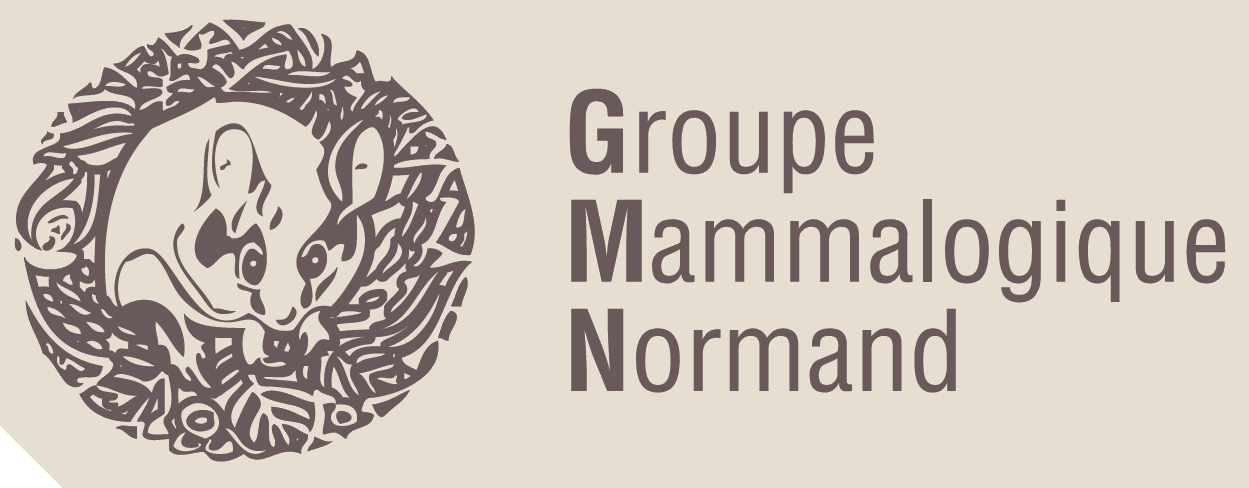Où cette espèce a-t-elle été observée ?
 Attention : cette espèce peut être présente où il n’y a pas de maille, mais à ce jour elle n’y a pas encore été observée.
Attention : cette espèce peut être présente où il n’y a pas de maille, mais à ce jour elle n’y a pas encore été observée.
- 70 observations
-
15
communes -
13
observateurs
5
organismes -
Première observation
1899 -
Dernière observation
2025
Argenvilliers - Bellavilliers - Ceton - Courgeoût - Les Aspres - L'Hôme-Chamondot - Longny les Villages - Nogent-le-Rotrou - Perche en Nocé - Rémalard en Perche - Sablons sur Huisne - Saint-Cyr-la-Rosière - Saint-Mard-de-Réno - Saint-Ouen-de-Sécherouvre - Tourouvre au Perche
-
Ministère de la Transition écologique et de la Cohésion des territoires
Participation à 39 Observations
Part d'aide à la prospection : 55.71 %
Fiche organisme
-
UMS PatriNat (OFB-CNRS-MNHN)
Participation à 39 Observations
Part d'aide à la prospection : 55.71 %
Fiche organisme
-
PNR du Perche
Participation à 28 Observations
Part d'aide à la prospection : 40.00 %
Fiche organisme
-
Association ATHENA
Participation à 3 Observations
Part d'aide à la prospection : 4.29 %
Fiche organisme
-
Groupe Mammalogique Normand (GMN)
Participation à 1 Observation
Part d'aide à la prospection : 1.43 %
Fiche organisme
Informations espèce
Source : Biodiv'Écrins, Parc national des Écrins
E5 : Ourlets, clairières forestières et peuplements de grandes herbacées non graminoïdes
G1 : Forêts de feuillus caducifoliés
H1 : Grottes, systèmes de grottes, passages et plans d'eau souterrains terrestres
J2 : Constructions à faible densité
Répartition actuelle en France métropolitaine
© INPN - Avertissement : les données visualisables reflètent l'état d'avancement des connaissances et/ou la disponibilité des données existantes au niveau national : elles ne peuvent en aucun cas être considérées comme exhaustives.











